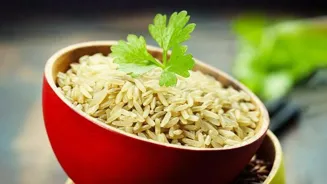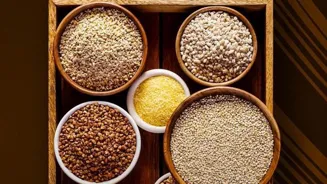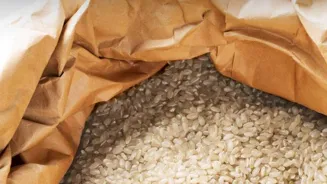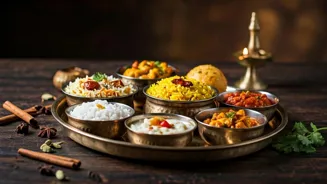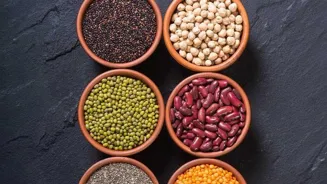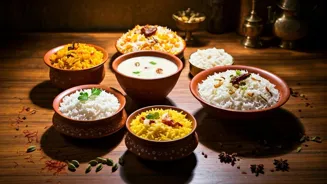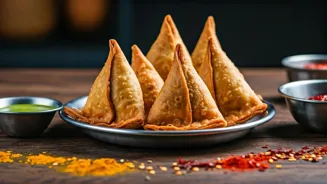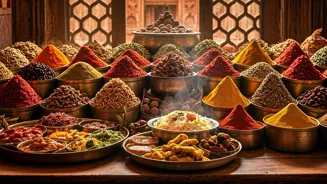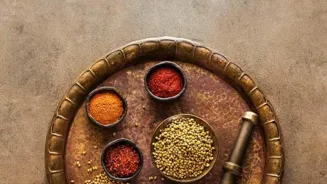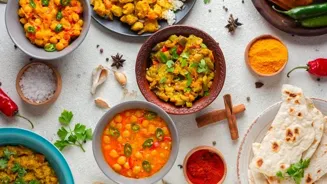Discover the secrets to perfect Indian rice! From choosing the right rice to mastering the cooking methods, these 10 essential tips will elevate your culinary skills and impress your loved ones. Dive in and make
every meal memorable with fluffy, fragrant rice that steals the show
Rice, a staple in almost every Indian household, is more than just a side dish; it's an integral part of our culinary heritage. From fluffy biryanis to comforting khichdi, rice takes center stage in countless regional specialties.
But achieving that perfectly cooked, non-sticky, fragrant rice can sometimes feel like a daunting task. Fear not, home cooks! This guide unveils 10 essential tips to help you master the art of cooking perfect Indian rice, every single time.
Get ready to elevate your rice game and impress your family and friends with your newfound culinary skills. Preparing that perfect rice is as important as choosing the right recipe itself.
Let's dive into secrets to make every grain count, every meal memorable.
Choosing the Right Rice: A Foundation for Flavour
The first step towards perfect rice is understanding the different varieties and selecting the one best suited for your dish. For everyday meals, long-grain rice like Basmati or Sona Masuri are popular choices as the rice grains are fluffy once cooked.
Basmati rice, with its distinct aroma and slender grains, is ideal for biryanis and pulaos. Sona Masuri, a lighter and more affordable option, is perfect for everyday meals like dal chawal or curd rice.
Short-grain rice, such as Gobindobhog or Jeera rice, have a stickier texture and are commonly used for dishes like khichdi or rice puddings. Experiment with different rice varieties and discover your personal preferences to unlock the full potential of Indian cuisine.
Each grain brings its own unique flavor and texture to the table.
The Pre-Soaking Ritual: Unlocking Fluffiness
Before you even think about turning on the stove, a crucial step is to soak the rice. Soaking for at least 30 minutes, and up to an hour, helps the grains absorb water evenly, resulting in a more uniformly cooked and fluffy texture.
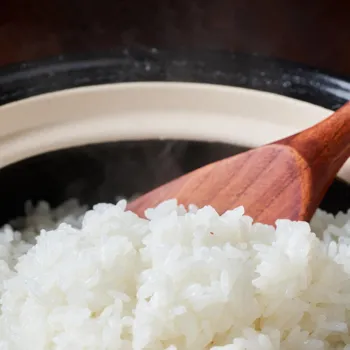
This process also reduces cooking time and prevents the rice from sticking together. Always remember to rinse the rice thoroughly a few times before soaking to remove excess starch. You can also use warm water for soaking the rice, helps in opening-up the grains faster.
This step helps in getting rid of any impurities and ensures crystal-clear, separate grains. The pre-soaking ritual is a small tweak that makes a world of difference.
The Water Ratio: Finding the Perfect Balance
Getting the water ratio right is arguably the most critical aspect of cooking perfect rice which can be different for different varieties of rice. A general guideline is to use a 1:2 ratio for long-grain rice – that is, 1 cup of rice to 2 cups of water.
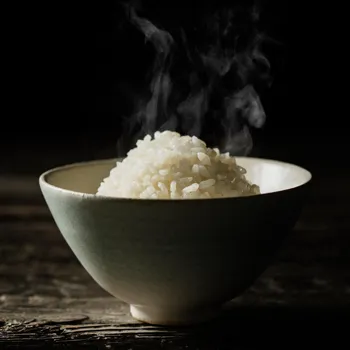
However, this may vary slightly depending on the age of the rice and your cooking method. For older rice, you might need to add a little more water. Experiment and adjust the ratio until you find what works best for your brand of rice and your preferred level of moistness.
Keep in mind that using too much water will result in mushy rice, while too little will leave it undercooked and dry. This is crucial in getting that perfect, individual grain texture.
The Cooking Method: Choosing Your Weapon
There are several ways to cook rice, each with its own advantages. The most common methods include the open-pot method, the pressure cooker method, and the rice cooker method. The open-pot method allows you to monitor the rice as it cooks and adjust the water level if needed.
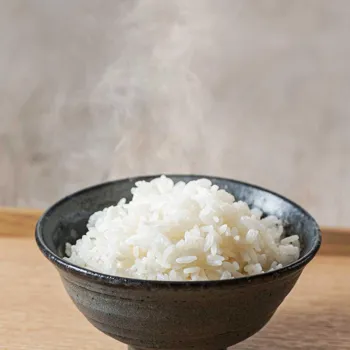
The pressure cooker method is faster and more convenient, but requires precise water measurements to prevent overcooking. The rice cooker is the most foolproof option, as it automatically shuts off when the rice is cooked perfectly.
Experiment with different methods to find the one that suits your cooking style and equipment. Each method will give slightly rice texture and is best to be tried once.
The Gentle Simmer: Patience is Key
Once the water comes to a boil, reduce the heat to the lowest setting, cover the pot tightly, and let the rice simmer gently. Avoid lifting the lid or stirring the rice frequently, as this will release steam and disrupt the cooking process.
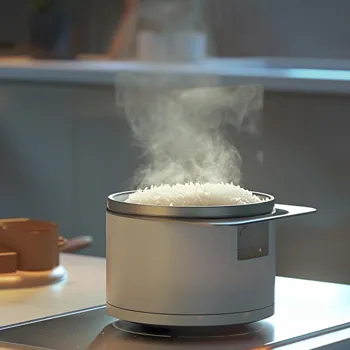
The rice should cook undisturbed for about 15-20 minutes, or until all the water has been absorbed. Once the rice is cooked, turn off the heat and let it rest, covered, for another 10 minutes. This allows the steam to evenly distribute, resulting in perfectly fluffy rice.
This step is as important as any other and should not be skipped. It ensures the rice is cooked perfectly inside-out.
The Fluffing Technique: Separating the Grains
After the rice has rested, gently fluff it with a fork to separate the grains and release any remaining steam. This prevents the rice from clumping together and enhances its texture. Avoid using a spoon, as it can crush the grains.
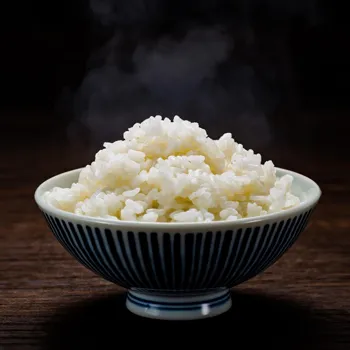
Fluffing the rice is a simple yet effective technique that makes a big difference in the final result. It's the last step in ensuring each grain stands apart, showcasing the care you've taken in preparing that perfect pot of rice.
Gently moving the grains also prevents the rice from further cooking.
AI Generated Content. Glance/InMobi shall have no liability for the content